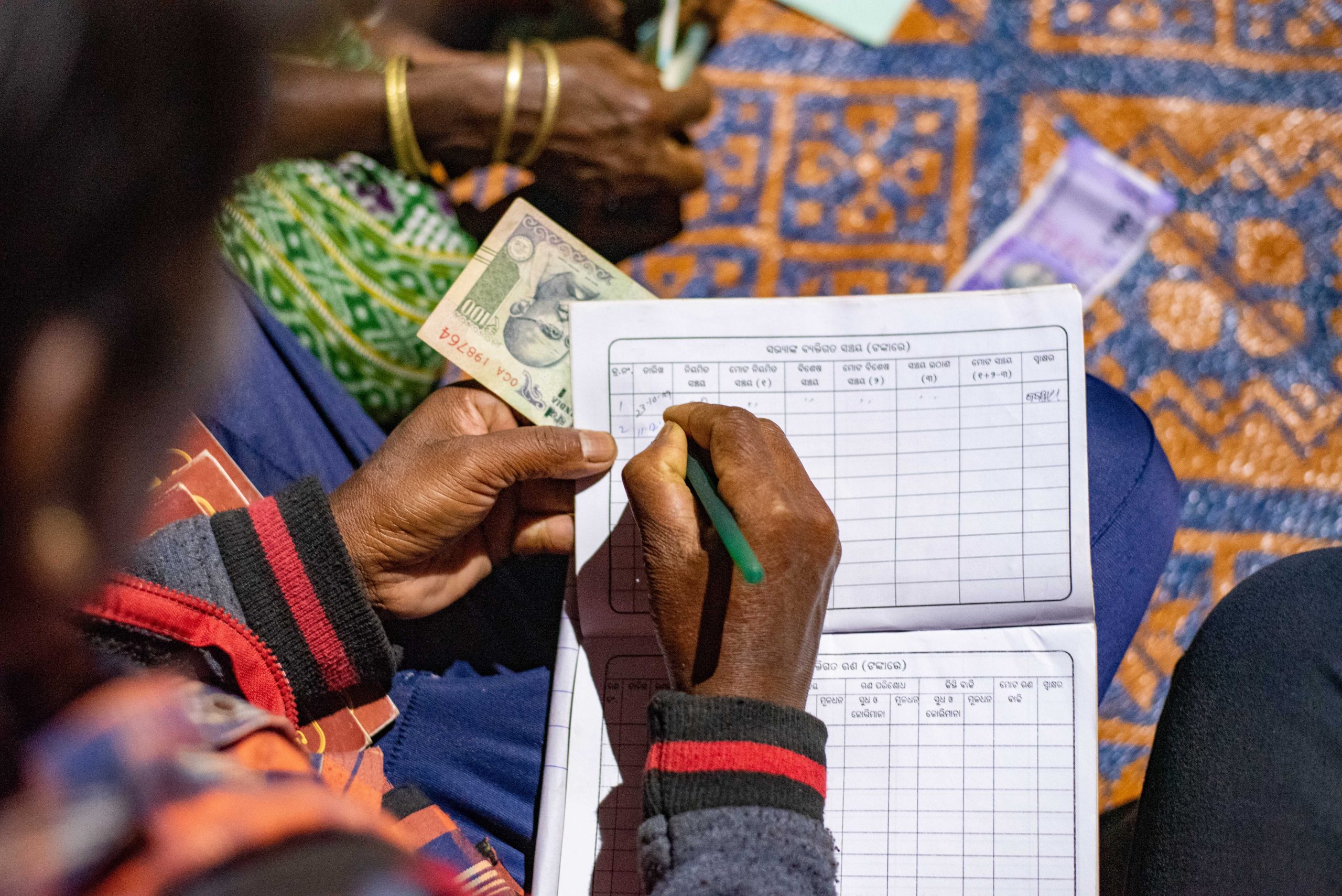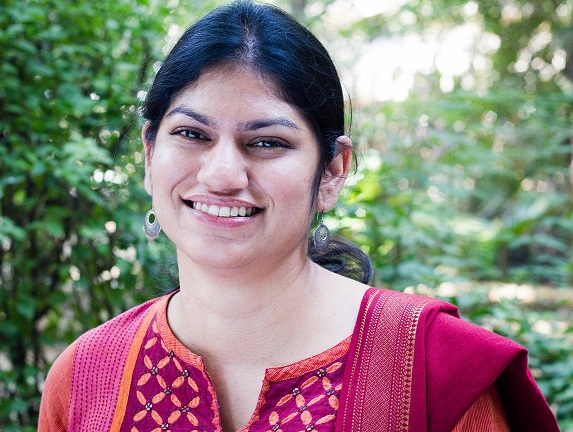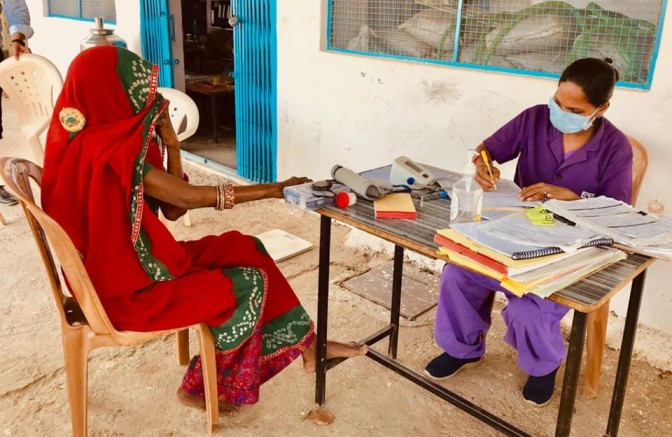As we grapple with the immediate effects of COVID-19 on socio-economic welfare and prepare for the long-term impacts, it is clear that India’s nonprofits will need to play a critical role in assisting vulnerable communities access government schemes and services. We can use this time effectively to ensure our grassroots professionals have the right tools and information to effectively navigate and engage with government authorities in order to serve these communities.
Field workers are our eyes and ears on the ground.
Grassroots professionals or field workers play the key role of intermediary, bridging the gap between the government and its citizens. This includes providing direct support by running programmes, particularly for vulnerable groups who are often excluded from government services, as well as indirect support such as creating awareness about government programmes, building capacity of frontline workers, and so on. Field workers are also our eyes and ears on the ground. They guide us through grassroots realities and enable nonprofits to design more effective programmes and interventions.
We believe that information around three critical, inter-related components of government operations enables these professionals to work optimally.
The Union Government and several states have recently announced fiscal packages and social security benefits to provide relief from financial difficulties arising from the COVID-19 crisis. For the Union Government specifically, these will be delivered through social welfare schemes such as the Mahatma Gandhi National Rural Employment Guarantee Scheme (MGNREGS), the Public Distribution System (PDS), and the National Social Assistance Programme (NSAP), among others. However, there are significant differences between what is announced, and what reaches citizens.
For instance, we at Accountability Initiative at the Centre for Policy Research, found that while the maternity benefit programme (Pradhan Mantri Matru Vandana Yojana) is supposed to provide pregnant women INR 5,000 in three instalments, until December 2019, only 39 percent of women had received any payment.

There are significant differences between what is announced through social welfare schemes, and what reaches citizens. | Picture courtesy: Ajaya Behera, Gram Vikas
Related article: Six things to consider about PM CARES Fund
Most programmes in India are delivered through a complicated administrative structure that requires close coordination across government functionaries and sectors. Within this organisational maze, lines of accountability and roles and responsibilities are often intertwined.
For instance, seemingly simple tasks such as the delivery of Personal Protective Equipment (PPE) to households requires close coordination between the health department, women and child department, local government bodies, and procurement agencies, among others. Add to this the delicate relationships maintained between the bureaucrats and elected representatives, and one can imagine how difficult it can be to navigate this landscape and effectively participate in, or demand, service delivery.
The 73rd and 74th constitutional amendments mandate the establishment of local governments in rural and urban areas, based on the recognition that grassroots governance structures are best suited to address local needs, especially in times of crisis. Local governments are usually the first point of contact for most citizens. But despite an increase in financial powers of local governments, evidence suggests that administrative powers have not been devolved at the same pace. Wide variations exist between states with regard to the devolution of funds, functions, and functionaries, with some states using local governments merely as implementation agents, and others actually involving them in planning, design, and service delivery.
Despite an increase in financial powers, evidence suggests that administrative powers have not been devolved at the same pace.
To understand how these three components are all inter-connected, let us take the case of Kallu Ram. A small farmer from Rajasthan, he recently built a toilet under the Swachh Bharat Mission (SBM) scheme. His decision to construct was based on the promise of receiving an incentive of INR 12,000 as per the scheme guidelines. Despite completing all formalities for payment, four months passed without him receiving the promised sum. The only answer he ever got from his gram panchayat was, “abhi paisa upar se hi nahin aaya hai (the money has still not come from the top)”. Without information on his rights and entitlements or knowing which officer to approach next, he felt bereft of state support.
These are real struggles under regular circumstances, let alone during times of crisis. Layering these institutional capability gaps of the state with the socio-economic situation we’re facing due to COVID-19 will make it more complicated for citizens to access government welfare services.
Related article: Upskilling government workers
So, what can we do?
The NITI Aayog’s recent call for support from nonprofits and field reports already shows that the central and state governments are relying on civil society to assist the government in COVID-19 relief efforts. Many nonprofits are working on creating awareness about COVID-19 prevention, assisting citizens access relief packages, and collecting real-time information on how supplies (such as test kits or foodgrains) and fiscal benefits are reaching the ground.
While coordinating with government officers at district and block levels is crucial at this time, the biggest challenge is engaging with a system where government officers on the ground are also working within an ambiguous context, under a multitude of orders and high pressure from the top.
Collectively analyse how much you and your team understand about government functioning, and what information would allow you to engage with them better. We have devised a diagnostic tool that helps teams understand what challenges they face while engaging with the government.
Share resources, online courses, and organise webinars and other knowledge building sessions for your field teams. Many of these resources are available online, and many are free of cost. For instance, Gramswaraj has resources on understanding local government systems. Unacademy and PRIA also run online courses that can be useful for grassroots professionals. Our website, Hum aur Humaari Sarkaar is a portal on governance in Hindi, where grassroots professionals can learn and ask governance related queries.
If possible, set aside some part of your resources to upskill fieldworkers. Physical distancing has led to an increasing use of technology. This may therefore be a good opportunity to ensure that field associates become adept in using technology for their daily functioning. This could be for data collection, project management, communication, collaboration and engagement, and even dissemination.
With many nonprofits at the frontlines of providing COVID-19 relief measures, building an understanding around the nuts and bolts of government machinery can help ease access to government services. For example, a grassroots professional from Nehru Yuva Kendra named Om Prakash proved to be key in the case of Kallu Ram, mentioned earlier. He used Hum aur Humaari Sarkaar to identify the reason the SBM funds were blocked, and helped Kallu Ram get the sum promised to him.
Stories like theirs have strengthened our belief to invest time, effort, and energy into supporting a cadre at the grassroots. We need to equip them to engage with last mile service delivery, under regular conditions, but especially during a time of crisis, when the most marginalised and vulnerable need to be supported.
—
Know more
- Go through this repository of information around COVID-19 relief packages, toolkits, and adivsories in several regional languages for field workers to share with the communities they work with.
- Learn more about how nonprofits can create environments that unlock the potential of their field workers.
Do more
- Share this compilation of relief measures the central government has announced for COVID-19 with people and organisations working on the ground.
- Write to [email protected] to learn more about their Hindi course on building grassroots’ leaders understanding of working with the government.




